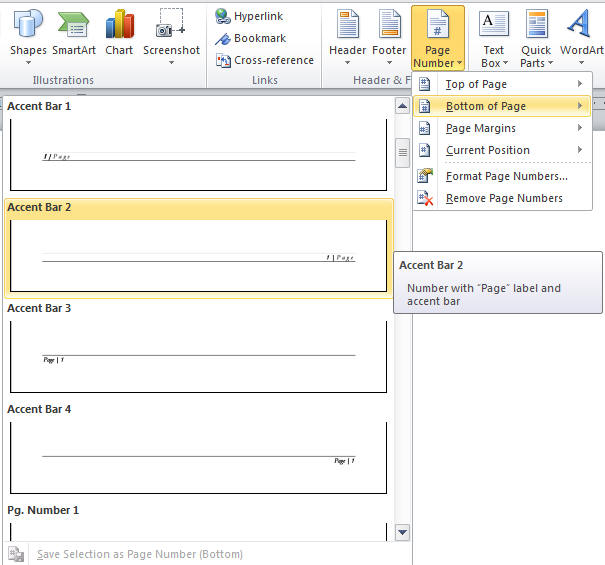

Most of the preset headers and footers in Excel are entered as codes, which makes them dynamic - meaning your header or footer will change to reflect the latest changes you make to the worksheet.įor example, the code & inserts different page numbers on each page and & displays the current file name. When inserting an inbuilt header or footer in Excel, please be aware of the following caveats. Two things you should know about preset headers and footers Voila, our Excel footer is created, and the following information will be printed at the bottom of each page: On the Design tab, in the Header & Footer group, click the Header or Footer button, and select the built-in header or footer of your choosing.Īs an example, let's insert a footer that displays a page number and file name:.This will display the worksheet in Page Layout view and get the Design tab to appear. On the Insert tab, in the Text group, click Header & Footer.Microsoft Excel comes equipped with a number of inbuilt headers and footers that can be inserted in your document in a mouse click.
#REMOVE ALL HEADERS AND FOOTERS IN WORD HOW TO#
How to add a preset header and footer in Excel
:max_bytes(150000):strip_icc()/002-make-first-page-header-footer-different-3540358-ed89fb7d1e274ee599ce45b88bffebf1.jpg)

In the normal worksheet view, they are not visible. Headers and footers are displayed only on printed pages, in Print Preview and Page Layout view. Microsoft Excel provides a handful of predefined headers and footers to choose from, as well as allows creating your own ones. Generally, headers and footers contain basic information about the spreadsheet such as page number, current date, workbook name, file path, etc. To make your printed Excel documents look more stylish and professional, you can include a header or footer on each page of your worksheet. Word.HeaderFooter ftr = ĭoc. = ĭoc. = you want to know how to make a header in Excel? Or are you wondering how to add the footer page 1 to the current worksheet? This tutorial will teach you how to quickly insert one of the predefined headers and footers and how to create a custom one with your own text and graphics. This snippet assumes the document has but the one section, and no different first page. Note that Word documents can be extremely complex, with multiple Section objects, and each section object can have a "normal" header and footers as well as optionally a different header and footer for the first page. The snippet also demonstrates how to access a document's default Header and Footer. The difference in my code is that it uses Document.Content which returns the Range for the main body of the document without needing to specify start and end values. The first changes the base style that underlies most of the font formatting you'll find in Word the second is basically what you have - applying the formatting as if you'd select the body of the document and format it. I used the font color to make things more obvious. The following snippet shows two alternatives for changing the font. I'm assuming the code you show us works for you as far as changing the font and saving the document.


 0 kommentar(er)
0 kommentar(er)
